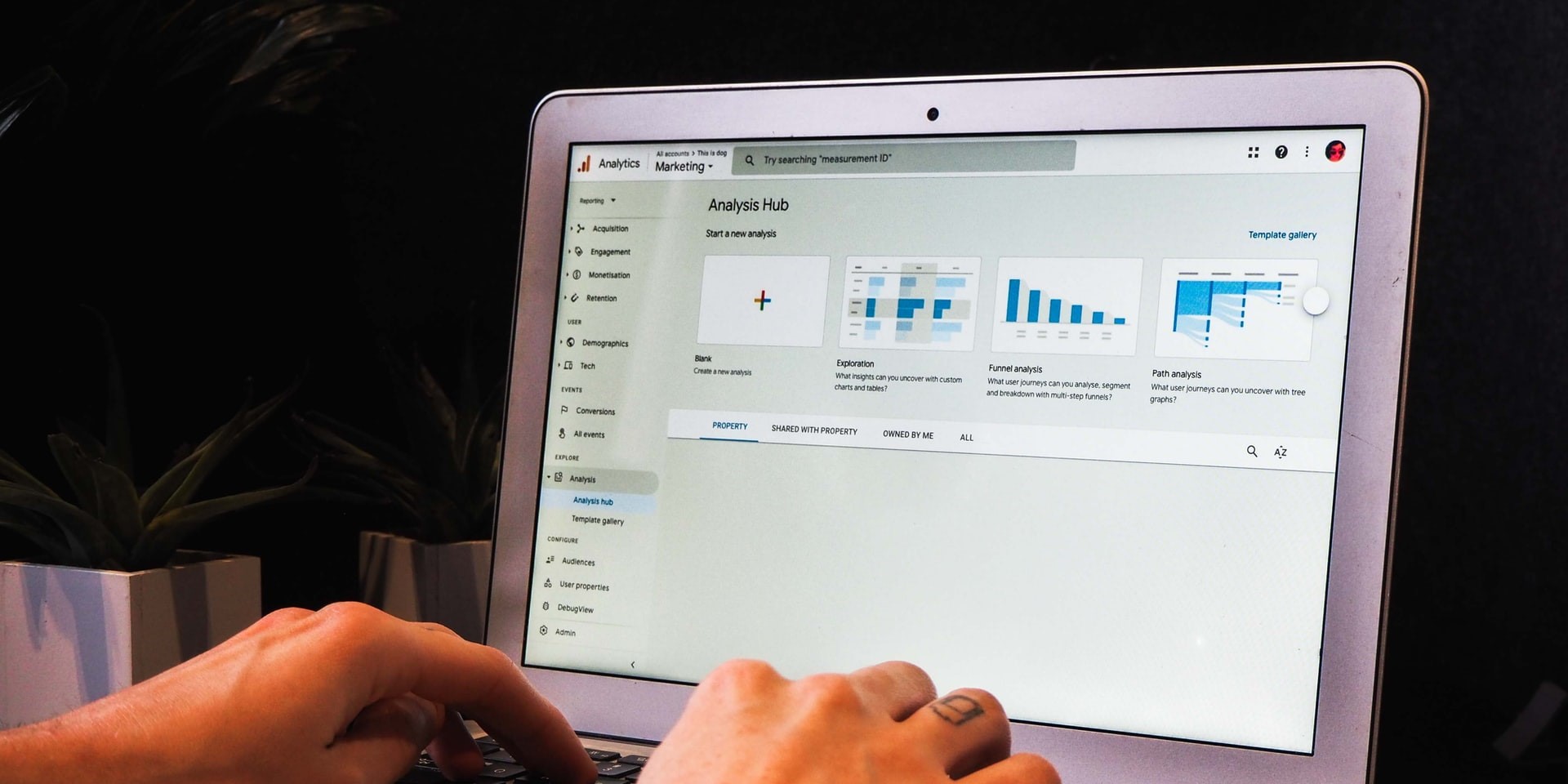Enhancing GA4 conversion tracking: How to count conversions once per session
GA4 has reintroduced the once-per-session conversion counting method. Find out what this means and how to implement more accurate conversion tracking.
Read moreWhat are thank you pages, and why are they important for monitoring performance? Find out more about thank you page best practices.
You’ll probably be aware of thank you pages and will have almost certainly interacted with them in your own digital travels. A thank you page would follow any form of transaction on a website, whether that’s after making a purchase, or completing a form fill to download some free content through a value exchange.
Many CMSs give the option to display thank you messages within the transactional page but, when it comes to measuring performance and providing a good user experience, thank you pages are invaluable for improving your site’s performance.
Thank you pages aren’t strictly necessary when you’re working with lead-generation, as you can set your form to display a simple thank you message rather than redirect to a new page. Though this might seem like an easier, more straightforward way to thank a user for filling out a form, there are a few reasons why redirecting is the better option.
In short – including thank you pages keeps your customers around for longer, improves their experience with your site, and makes your analytics specialists’ jobs easier!
So, now you’ve been converted to at least giving thank you pages a whirl, what thank you page best practices should you be including, to make them as effective as possible?
At a minimum, you should be recapping the topline information of what they’ve just signed up for, downloaded, or purchased, and let them know what happens next.
Generally speaking, we (as people, not marketers!) love it when recommendations come from family and friends, and word of mouth can often be more powerful than any marketing strategy. Your thank you page is an opportunity to ask your users to pass the good word along about your product or service. Providing an easy link to share your content on social media with just a couple of clicks can amplify your reach – if relevant, you can even incentivise sharing, offering discount codes and vouchers to anyone who makes a referral.
Use your thank you page to offer your customer an incentive to return. An effective way to encourage a subsequent purchase or visit is by offering a discount (say, 10%) on their next transaction, or by signposting to your rewards scheme. As mentioned above, you could combine this with asking for referrals, by offering the discount in exchange for a share on social media, or just offer it automatically to get them coming back for any items they might have left behind.
You might have created plenty of content designed to funnel users towards your form fill or purchase, but that doesn’t mean they’ve seen everything! Include links to any relevant blogs, videos, or further content that will enrich their experience, and make it easy for them to stay on your site and see more of what you can do.
You can also take this opportunity to provide examples of more products they may like, highlighting anything that’s ‘frequently bought with’ or will make a natural companion product to their purchase. They may come back for more sooner than you’d think!
Finally, you should recap your credentials and awards to build excitement about your users’ purchase or download and to remind them why you and your product are highly recognised in this field. This purchase or form fill could be the very start of your users’ journey with you, and you should be nurturing your brand recognition throughout each contact point.
Consider adding;
Your next steps are to ensure you’re properly tracking your thank you page’s performance, and using this to inform your next steps. You’ll need to set up a goal in GA4 for those who’ve viewed your thank you page only after making a purchase or filling in a form. This is to exclude anyone who’s simply just viewed the page (which would filter into the page_view metric).
There are many ways to set up your event, either directly in GA4 or by using Google Tag Manager (GTM). If you use GTM, you can set up a GA4 event where the trigger is a form completion event or, if the thank you page URL is unique, you can use where page_url contains “your unique URL”. Even if your URL is unique (as in, it contains query strings to indicate a form has been completed), you may still want to use a server-side validation script to ensure the referrer for the thank you page visit is the URL of the form. However you decide to do it, there are many options – Analytics Mania have a helpful video that provides a visual step-by-step guide on setting Thank You page tracking up.
You can then monitor how users are interacting with your thank you pages effectively, and assess whether work needs to be done to keep users on-site, or if your new thank you page is performing just as it should!
Want to know how you can use GA4 to assess your full customer journey, across your site? Find out how to make smart, strategic decisions using GA4. Download our free eBook or get in touch with our analytics specialists.
Photo by Matt Jones on Unsplash
More articles you might be interested in:

GA4 has reintroduced the once-per-session conversion counting method. Find out what this means and how to implement more accurate conversion tracking.
Read more
Wondering where to find bounce rate in GA4, and what the measurement’s changes mean? Our latest blog compares bounce rate versus engagement rate in...
Read more
Google sets new standards for links and content, new functionality emerges in Analytics and Search Console, and new tool Neurons hits the world of...
Read more
What do you really need to know before getting started with GA4? Dr Dave Chaffey highlights the quirks and 'gotchas' of the new platform.
You can’t...
Read more
Welcome to the latest round-up of all things digital. This is where we look at the latest updates in the world of PPC, SEO, Content and International...
Read more
Brands putting off migrating to GA4 risk losing all of their YoY data. Al Rowe shares why this is bad news for advertisers and how it can be dodged.
Read more
Creating conversion-optimised PPC campaigns start at strategy planning. Do you know how you can maximise the return on your ad investment? Dave...
Read more
Wondering how to apply conversion-centric marketing to your advertising strategies? Dr. Dave Chaffey explores why this is essential for growing...
Read more